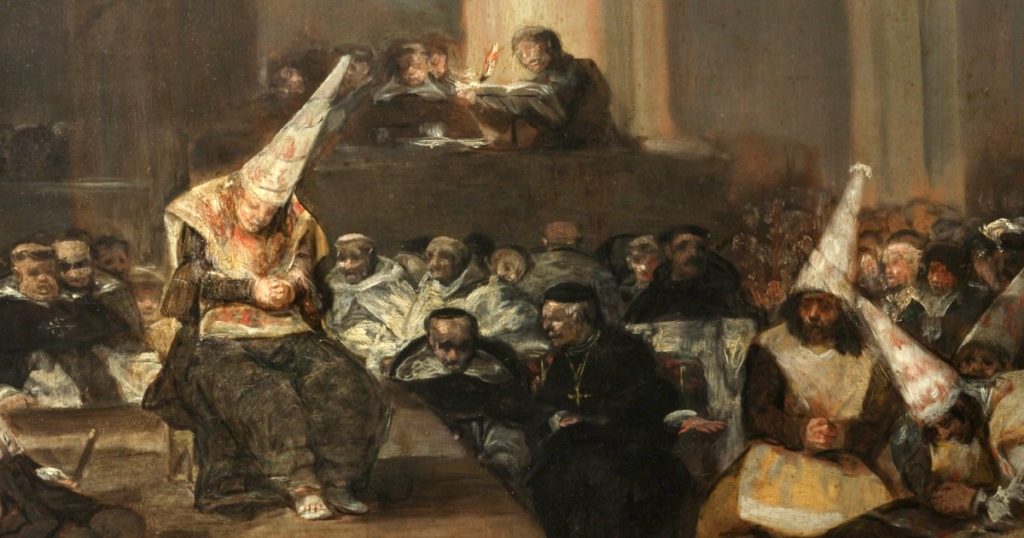Devil’s advocate was once an official position in the Catholic Church.
The term “devil’s advocate” is a familiar label for someone who argues a position they don’t agree with just to make a point, but its origins are more literal than you might expect. In 1587, Pope Sixtus V established the position of advocatus diaboli, or “devil’s advocate,” as part of the process of beatification or canonization — aka becoming a saint. The devil’s advocate was the church’s skeptic, picking apart stories of reported “miracles” and more to argue against someone’s sainthood. The advocate had to be present for any part of the sainthood process to be considered valid. However, the title was primarily a popular moniker — the position’s official designation was the “promoter of the faith,” or promotor fidei.
For hundreds of years, sainthood was relatively rare, but Pope John Paul II (head of the Catholic Church from 1978 to 2005) believed the church needed more examples of sanctity, so he effectively abolished the position of devil’s advocate in 1983 as part of a revision of the canonization procedures. He also shortened the posthumous waiting period for saints from 50 years after death to just five years. These and other changes ushered in an unprecedented number of new saints. In the 600 years before John Paul II, around 300 people were declared saints. In the less than three decades of his papacy, John Paul II oversaw the canonization of 482 saints. The current pope, Pope Francis, has continued this new tradition by canonizing nearly 900 people (including Mother Teresa, Anglican convert Cardinal John Henry Newman, and Swiss seamstress Marguerite Bays) — whether the devil likes it or not.

